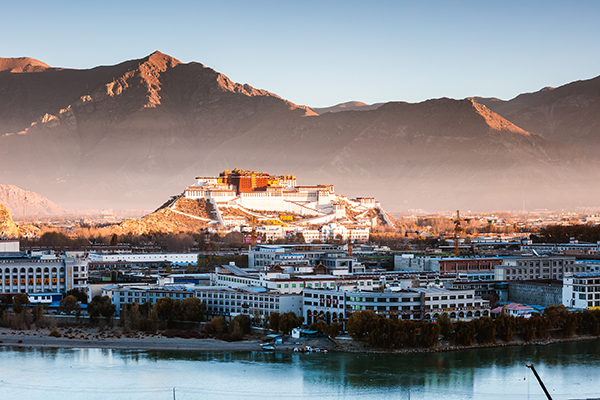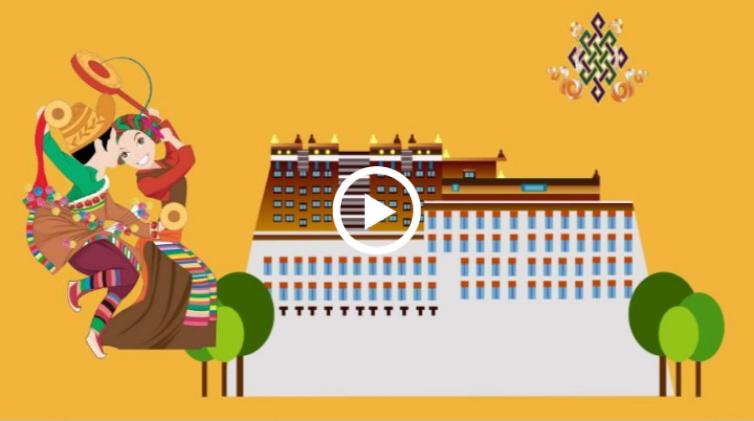A guardian of Tibetan Buddhism grottoes in remote western Xizang
Updated: 2025-06-30 (Xinhua)  Print
Print 


Hidden among sandstone hills in remote western Xizang, a stretch of honeycomb-shaped caverns is way beyond the reach of most travelers.
Known as the Piyang grottoes, the 1,000-year-old caverns in the Xizang autonomous region's Ngari prefecture hold one of the world's greatest collections of Tibetan Buddhist murals.
Rigzin Wangzhab, 77, has been guarding the site for more than 20 years.
"When I was very young, I was told that the grottoes on the mountain were relics of high research value, so I had been thinking about doing something for them," Rigzin recalled.
It was in 2002 that Rigzin learned of a job vacancy for these cultural relics protection. He applied for the position, strongly believing that the job would be the best way for him to guard the relics.
Buddhist murals have been previously found in North China's Shanxi province and the city of Dunhuang in Northwest China's Gansu province. Experts say the discovery of the Donggar and Piyang grottoes provides a missing link for historians, allowing them to fully trace the origins of Buddhism in China. The murals depict substantial contents, including exotic figures, animals, patterns and designs.
In addition to giving free lectures to tourists, Rigzin inspects the grottoes every day in case of water seepage or collapse.
In June this year, Rigzin just bid farewell to his beloved work. "I hope young people can take over the responsibility and continue to guard the grottoes,"He said.








